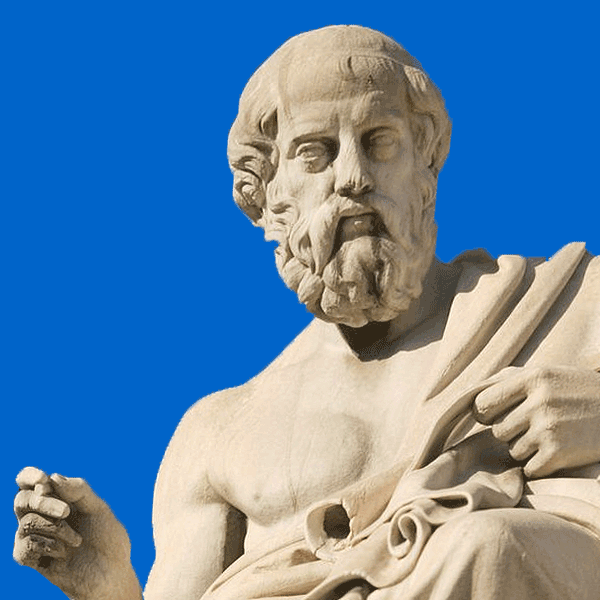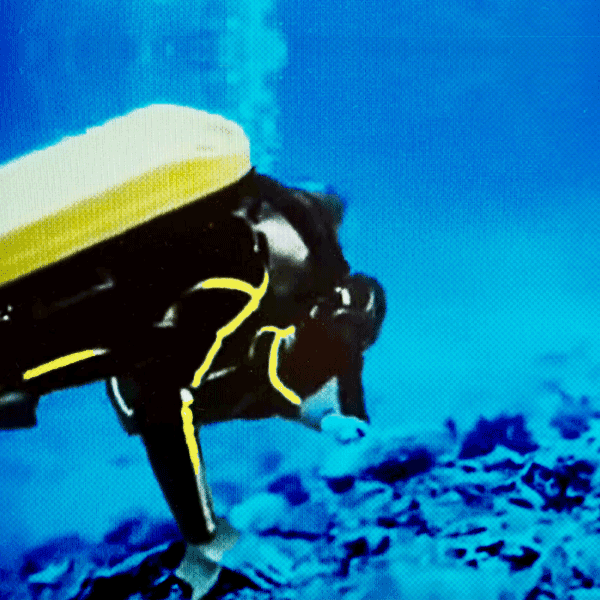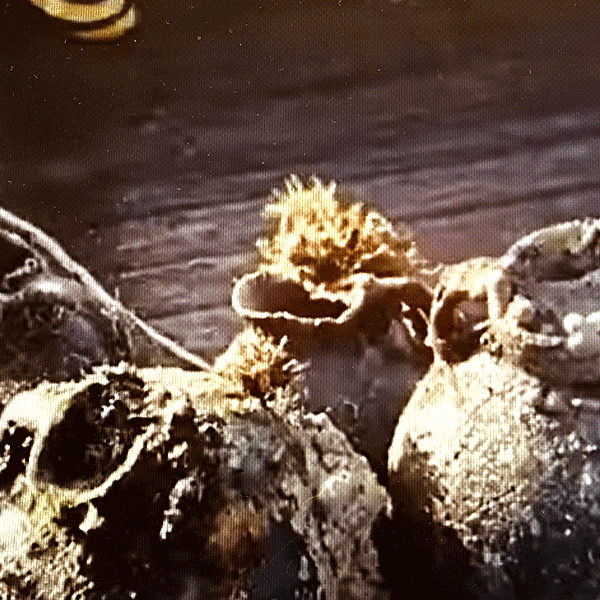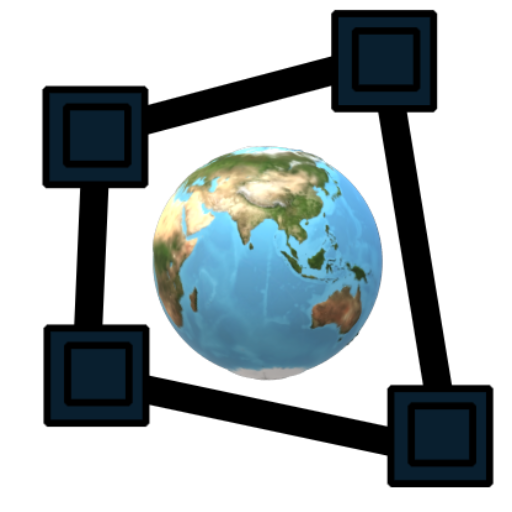Cousteau’s fascinating quest for the remains of Atlantis near the Greek island of Pseira
“But afterwards there occurred violent earthquakes and floods; and in a single day and night of misfortune all your warlike men in a body sank into the earth, and the island of Atlantis in like manner disappeared in the depths of the sea. For which reason the sea in those parts is impassable and impenetrable, because there is a shoal of mud in the way; and this was caused by the subsidence of the island.”
*Timaeus, by Plato. Written 360 B.C. Translated by Benjamin Jowett.
Sea explorer Jacques Cousteau search for Atlantis
What if Atlantis lies drowned in the Aegean Sea? There is only one way to find out. To look for archaeological clues that can support or contradict the theories according to which Atlantis and the Minoan civilization are one. “He who dives,” says Cousteau, “ends up in heaven.”

The story of Plato’s Atlantis
Around 360 B.C. the ancient Greek philosopher Plato wrote in Timaeus and Critias about the cataclysmic destruction of the civilization of Atlantis. It is a story that still captures our imagination. As nobody found any traces of Atlantis yet, it justifies the question is Atlantis fiction or not? According to Plato, the founders of Atlantis were half god and half human. They created a utopian civilization, which became a mighty Mediterranean maritime trading empire. According to Plato, Atlantis reigned over all of Libya, all the way to Egypt’s far borders. Atlantis became so powerful, aggressive and evil that it merited divine punishment. When Atlantis waged an unprovoked war on the parts of Asia and Europe it was destroyed by a disaster, an earthquake and tsunami. The presumption is that the islands of Crete and Thera, later called Santorini, formed the “Lost Continent of Atlantis” as they were ravaged by a volcanic eruption in around 1450 B.C.
Cousteau’s search for Atlantis
In 1975 the Ministry of Foreign Affairs and the Greek Tourism Organisation invited world-renowned French explorer Jacques Cousteau to Greece to shoot a series of documentary films named “Calypso’s Search for Atlantis”. Greek archaeologists and a research team from the newly established Institute of Marine Archaeology (HIMA) participated in the mission too. Atlantis is a myth people like to fantasise about, but what is the truth behind the myth? In “Calypso’s Search for Atlantis” Cousteau and his team are looking for clues that can support or contradict the theories about Atlantis and/or any link with the Minoan civilisation. Cousteau’s famous ship the Calypso anchored for a few days near Pseira, an island in the Gulf of Mirabello in North-Eastern Crete with the archaeological remains of the Minoan and Mycenean civilisation. While exploring one of the underwater hills near the harbour of ancient Pseira, divers found a real “cliff” of ceramic products. It stretched over a hundred meters in length and formed an inclined wall at a depth of 8 to 30 m.


Archaeological discoveries of this magnitude are rare
This wall of pottery or “warehouse” of ceramics belonged to the Minoan period. Next to hundreds of thousands of vases, vessels, mugs and cups on the seabed, Calypso’s divers discovered hewn building stones. And, stumbled upon perfectly preserved remains of a wall, most likely part of an embankment to moor and shelter ships from the fierce north-western winds. The dived up pottery is more than 3000 years old. Moreover, it is surprising that all these products are of approximately of the same age and have been preserved mostly in an excellent condition.
It is all something of an enigma. How could such a huge accumulation of clay products mount up in one single place? Yet even more mysterious, why does most of the pottery look intact, despite the effects of sea water and the inexorable passing of time? Does it indicate the remnants of Atlantis? Or is it the outcome of a shadowed memory of past events reshaped by human imagination?
More…
Read also our story about Elphida Hadjidaki, a woman, the Cretan sea and a Minoan shipwreck. Elphida Hadjidaki started to dive in 2003 for a Minoan shipwreck, not far from the Pseira diving site of Jacques Costeau.
More info about this part of Calypso’s Atlantis quest you can find on YouTube:
